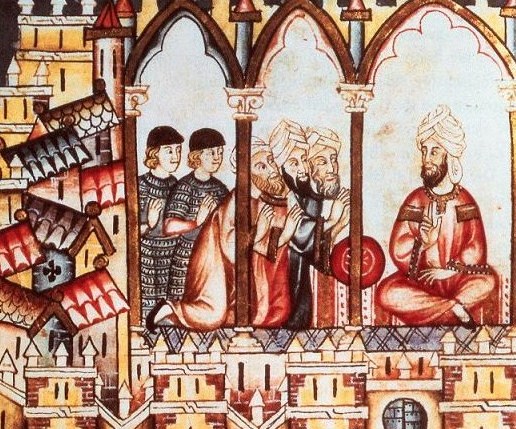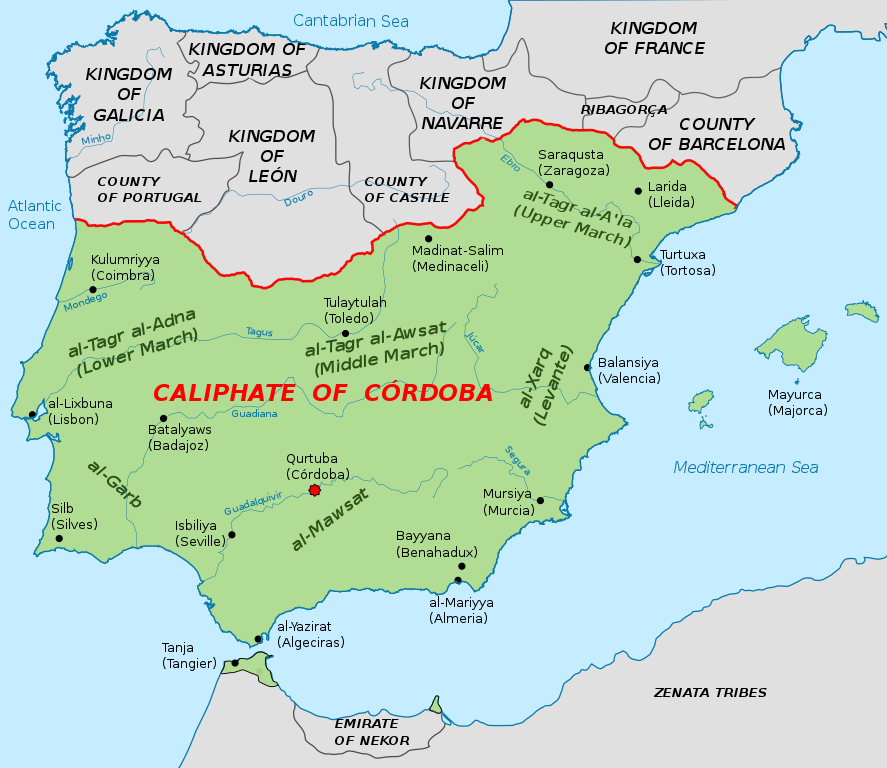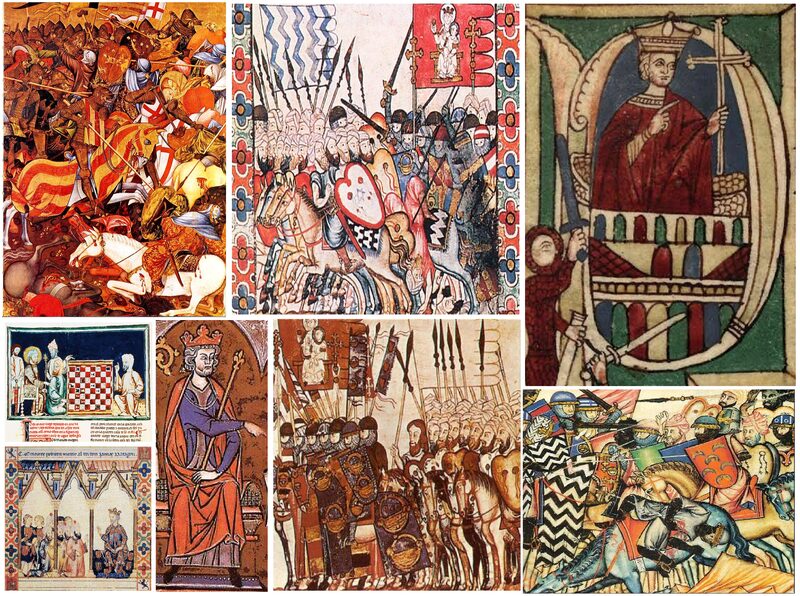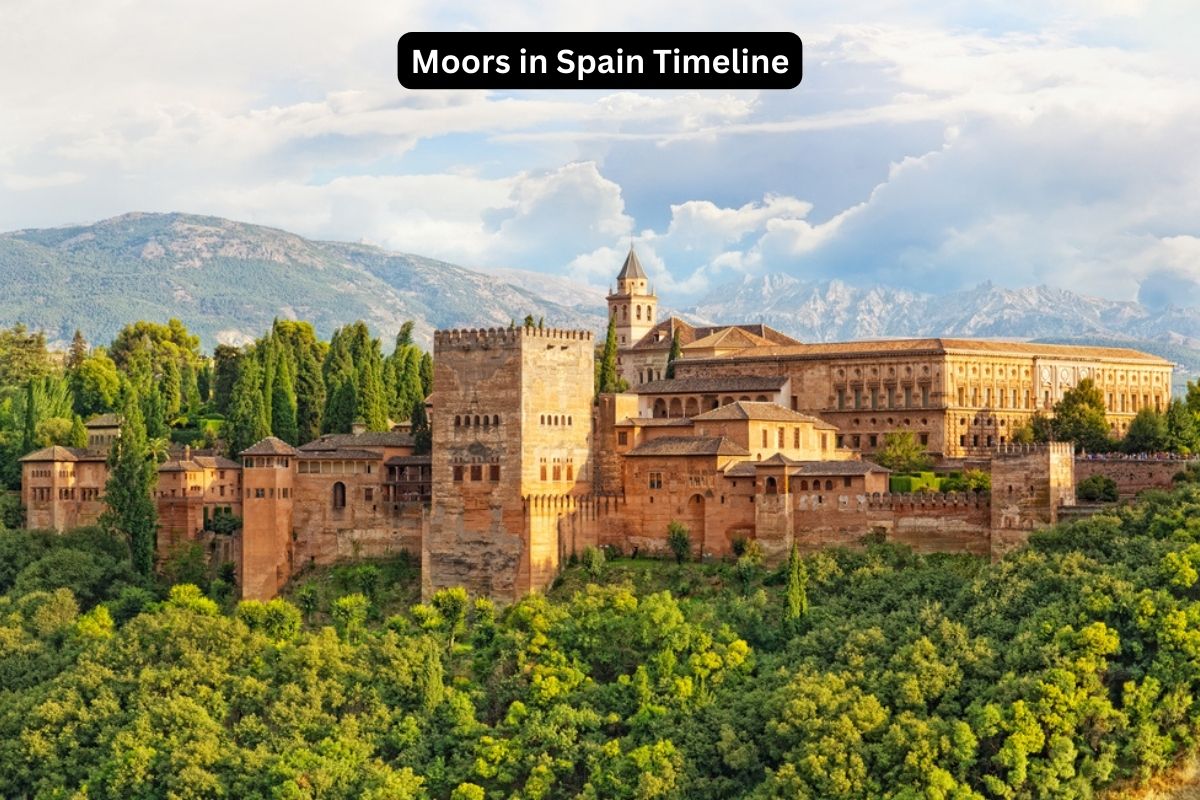The Moorish presence in Spain, spanning over several centuries, stands as a testament to the rich tapestry of cultural, political, and religious exchange that characterized medieval Iberia.
From the early 8th century when the Umayyad Caliphate crossed the Strait of Gibraltar to the eventual fall of Granada in 1492, the history of the Moors in Spain is marked by conquest, coexistence, and conflict.
This article provides a comprehensive overview of key events and developments during this period, exploring the rise and fall of Muslim rule in Al-Andalus, the impact of the Reconquista, and the lasting legacy of Moorish civilization on the Iberian Peninsula.
Through examining the interplay of Islamic, Christian, and Jewish cultures, we gain insights into a pivotal era that continues to shape Spain’s identity and heritage today.
| Century | Events |
|---|---|
| 8th Century | – Moors Enter Spain: The Umayyad Caliphate, led by Tariq ibn Ziyad, crosses the Strait of Gibraltar from North Africa into the Iberian Peninsula. They defeat the Visigothic Kingdom at the Battle of Guadalete. |
| – Islamic Conquest: The Moors rapidly conquer most of the Iberian Peninsula, establishing Al-Andalus, a Muslim territory, with its capital at Cordoba. | |
| 8th Century | – Emirate of Córdoba: The Emirate of Córdoba is established as a province of the Umayyad Caliphate, with Abd ar-Rahman I as its emir. |
| 9th Century | – Height of the Caliphate: Under the rule of Abd ar-Rahman III, the Emirate of Córdoba becomes the Caliphate of Córdoba, reaching its peak of power and influence. |
| 10th Century | – Fragmentation: After the collapse of the Caliphate of Córdoba, Al-Andalus fragments into numerous smaller kingdoms known as taifas, often in conflict with each other. |
| – Reconquista Begins: The Christian Reconquista, or reconquest of the Iberian Peninsula, begins in earnest. | |
| 11th Century | – Almoravid Dynasty: The Almoravid dynasty, originally from North Africa, intervenes in Al-Andalus to combat Christian advances and unify Muslim territories. |
| – Battle of Sagrajas (Zallaqa): Almoravids defeat Castilian forces, temporarily halting the Christian Reconquista. | |
| 12th Century | – Almohad Dynasty: The Almohad dynasty, another North African Muslim empire, replaces the Almoravids and continues the defense of Al-Andalus against Christian forces. |
| 13th Century | – End of Muslim Rule: The Nasrid Kingdom of Granada remains the last Muslim stronghold in the Iberian Peninsula after the fall of the Almohad Caliphate. |
| – Fall of Granada: In 1492, after the lengthy Reconquista, the Catholic Monarchs, Ferdinand II of Aragon and Isabella I of Castile, conquer Granada, effectively ending Muslim rule in Spain. |
Timeline of the Moors in Spain
8th Century:
Moors Enter Spain: In 711 AD, the Umayyad Caliphate, under the leadership of Tariq ibn Ziyad, launched an invasion of the Iberian Peninsula.
Crossing the Strait of Gibraltar from North Africa, they encountered and defeated the Visigothic Kingdom at the Battle of Guadalete. This victory opened the door for further Muslim expansion into the region.

Islamic Conquest: Following the Battle of Guadalete, the Moors rapidly advanced northward, conquering much of the Iberian Peninsula. They established Al-Andalus, a Muslim territory that encompassed present-day Spain and Portugal, with Cordoba as its capital.
Also Read: Spanish Inquisition Facts
The Moors brought with them Islamic culture, architecture, and governance, shaping the future of the region for centuries to come.
Emirate of Córdoba: As the Moors solidified their control over the conquered territories, the Emirate of Córdoba was established as a provincial government within the broader Umayyad Caliphate.
Abd ar-Rahman I, a member of the Umayyad dynasty who had fled the Abbasid takeover in the Middle East, became the first emir of Córdoba.
His rule marked the beginning of the Umayyad dynasty in Al-Andalus, which would eventually reach its zenith with the establishment of the Caliphate of Córdoba.

9th Century:
Height of the Caliphate: Under the rule of Abd ar-Rahman III (912–961), the Emirate of Córdoba transformed into the Caliphate of Córdoba in 929 AD. This marked the peak of Muslim power and influence in Al-Andalus.
Also Read: Facts About Spain’s Government
Abd ar-Rahman III styled himself as the caliph, asserting political and religious authority over the region. The caliphate reached its zenith in terms of territorial expansion, cultural achievement, and economic prosperity during this period.
Cordoba became one of the most advanced cities in Europe, boasting magnificent palaces, libraries, and mosques.
10th Century:
Fragmentation: The 10th century saw the gradual fragmentation of the Caliphate of Córdoba into smaller independent kingdoms known as taifas. Internal strife, political rivalries, and external pressure from Christian kingdoms contributed to this fragmentation.
The disintegration of central authority weakened Muslim control over the Iberian Peninsula and paved the way for the Christian Reconquista.
Reconquista Begins: The Reconquista, or the Christian reconquest of the Iberian Peninsula, gained momentum during the 10th century.
Christian kingdoms in the northern part of the peninsula, such as Asturias, Leon, and Navarre, began pushing southward, reclaiming territories from Muslim rule. This marked the beginning of a centuries-long struggle for dominance between Christian and Muslim forces in the region.

11th Century:
Almoravid Dynasty: In the 11th century, the Almoravid dynasty emerged as a powerful force in North Africa. Seeking to defend Muslim territories in Al-Andalus from Christian advances, the Almoravids intervened in Spain.
Led by Yusuf ibn Tashfin, they launched military campaigns to reunify the taifas and strengthen Muslim control over the peninsula. The Almoravids temporarily halted the Reconquista with their victory over Castilian forces at the Battle of Sagrajas (Zallaqa) in 1086.
13th Century:
End of Muslim Rule: By the 13th century, Muslim rule in the Iberian Peninsula had significantly declined. The Christian Reconquista had steadily gained ground, reclaiming territory from Muslim rulers.
The Nasrid Kingdom of Granada, located in the southern part of the peninsula, remained the last Muslim stronghold. Despite efforts to resist Christian advances, Granada faced increasing pressure from Castile and Aragon, the two most powerful Christian kingdoms in Spain.
Fall of Granada: The fall of Granada marked the culmination of the Reconquista and the end of Muslim rule in Spain. In 1492, after a prolonged siege, the Catholic Monarchs, Ferdinand II of Aragon and Isabella I of Castile, captured Granada from the Nasrid dynasty.
The surrender of Granada signaled the completion of the Reconquista and the unification of Spain under Christian rule. It also marked the end of nearly eight centuries of Muslim presence in the Iberian Peninsula.
The fall of Granada in 1492 had profound consequences for Spain and the broader Mediterranean world. It paved the way for the establishment of a unified Spanish state and the emergence of a powerful empire.
The expulsion of Muslims and Jews from Spain, through the Edict of Expulsion in 1492, significantly altered the demographic and cultural makeup of the region.
Meanwhile, the Reconquista’s conclusion coincided with the dawn of the Age of Exploration, as Spain embarked on voyages of discovery and colonization, shaping the course of world history.
